1. The role of exercise and massage for patients with prostate enlargement
Surgery is the most effective treatment for patients with benign prostatic hyperplasia who have severe bladder neck obstruction symptoms that cause many complications.
However, many patients have milder symptoms or are only in the early stages of the disease when detected and do not necessarily require surgery.
In addition to medical treatment, these patients can combine exercise and massage techniques to help prevent disease progression, improve symptoms and be less costly .
Massage and exercise are generally considered safe therapies without any significant risks or side effects.
According to modern medicine, massage makes blood vessels dilate, circulating blood in the body continuously and easily, helping to provide nutrients and oxygen to cells.
Massage reduces anxiety, regulates blood pressure and heart rate, helps strengthen the body's immune system, increases vagus nerve activity, and reduces cortisol levels. In addition, massage therapy also helps improve joint mobility, strengthen muscles, relax muscles, and reduce pain.
According to Traditional Medicine, massage helps promote blood circulation throughout the body, helping to transport substances locally as well as throughout the internal organs to nourish and regulate the function of the internal organs. Massage, through impact on acupoints, meridians and internal organs, can expel external evils, regulate nutrition and defense, clear the meridians, blood and relax muscles.
For prostate enlargement, massage helps improve blood supply to the prostate and increase the contraction of the fibers in the gland, thereby helping to reduce the symptoms of urinary tract obstruction. In addition, research suggests that massage and physical exercise also contribute to changing the volume of the prostate, relaxing the muscles and ligaments in the prostate and bladder area, helping to improve the symptoms of urinary tract obstruction in patients.
The purpose of the above non-drug treatments is to strengthen the pelvic floor, promote parasympathetic nervous system activity and reduce sympathetic nervous system excitement (similar effect to alpha blockers).
In addition, it also helps reduce resting sympathetic tone in the prostate; improve hormones; reduce prostatitis by reducing oxidative damage; reduce smooth muscle contractility; and reduce the growth of prostate epithelial cells.
Additionally, immune function and antioxidant capacity are improved with exercise, providing better protection against comorbidities.
2. Good exercises for people with prostate enlargement
Bladder training
Every morning when you wake up, you should go to the toilet to exercise and stimulate your bladder, then try again every 1 - 2 hours, even if you do not have the need.
Once the patient has bladder control and can urinate on demand, increase the time between bowel movements by 15 - 30 minutes until they can comfortably go for 3 - 4 hours.
It usually takes 6 to 12 weeks to regain bladder control and be able to completely empty your bladder when you feel the urge to urinate.
Pelvic floor exercises are good for people with prostate enlargement.
Uses: One of the exercises applied is pelvic floor exercises that aim to strengthen muscles, improve circulation and reduce abdominal pressure to reduce prostate compression.
The exercises can be done in any position: while sitting at work, while lying down, while standing, etc.
How to do it: Once you have identified your pelvic floor muscles, tighten them and hold the contraction for 5 seconds, then relax them for 5 seconds. Repeat the sequence: 5 - 10 times/1 session, you can practice 3 - 5 times per day.
After a few weeks, patients with prostate enlargement can increase the level of exercise by trying to hold the pelvic muscles contracted for 10 seconds, then relax them for 10 seconds. Perform the exercises in different positions (standing and sitting). Repeat the sequence 5 - 10 times/1 session, practice 3 - 5 times per day depending on the patient's health.
Note: Patients with prostate enlargement should be careful to avoid abdominal and thigh crunches and remember to be comfortable when doing exercises to avoid ineffective exercise.

Pelvic floor exercises for prostate enlargement can be done while sitting at work, lying down or standing…
Pressure, stimulation of lower abdomen - bladder
External pressure on the bladder from the lower abdomen can help stimulate urination and promote complete bladder emptying.
How to do it: Locate the bladder, then press gently inward (toward the spine) and downward (toward the feet) to stimulate the bladder while urinating.
Warm water can be run over the lower abdomen and genitals to induce urination.
Note: You should lightly touch the water first to feel to avoid burns.
Breathe in 4 periods with buttocks raised and legs raised
Uses: Comprehensive training of the nervous system, respiration and especially helps the blood and energy circulate well to nourish and transport the internal organs.
Perform:
+ Position: It is best to lie straight on your back, with a pillow under your buttocks (raise your buttocks high or low depending on your strength and illness, be especially careful if the patient has high blood pressure), and keep your legs straight. Place your left hand on your stomach to monitor the swelling and deflation of your stomach, and place your right hand on your chest to monitor the swelling and deflation of your chest.
+ Time 1: Inhale evenly, deeply, to the maximum, chest expands, abdomen bulges and tightens. Time 4 - 6 seconds "Inhale, chest expands, abdomen tightens".
+ Time 2: Hold your breath, the diaphragm and chest muscles contract to the maximum, the larynx opens, raise your legs about 20cm high. Time 4 - 6 seconds, then put your legs down "Hold your breath and try to inhale more".
+ Time 3: Exhale naturally and comfortably, without holding or forcing. Time 4 - 6 seconds "Exhale, without holding or forcing".
+ Time 4: Completely relax, feeling heavy and warm. Time 4 - 6 seconds "Heavy rest warm hands and feet".
Then continue back to time 1. Practice at least 10 breaths each time.
Note: In case of patients with prostate hypertrophy who are in poor health due to recent hospitalization or elderly people, we can practice 2 periods of balancing yin and yang, in which: Period 1 inhale deeply and actively (2-3 seconds), then period 2 exhale naturally and comfortably, without holding back, without forcing, the whole body is soft and relaxed. Each practice session is about 10 breaths/session.
Abdominal massage
Preparation: The patient with prostate enlargement lies on his back, in a relaxed position.
Implementation: Can ask relatives for help.
How to do: Place both hands on the navel area, one hand slides up the other hand clockwise, when reaching the bladder area, gently glide your hands. You can use your hands to start massaging from the right iliac fossa, sliding along the colon-bladder frame.
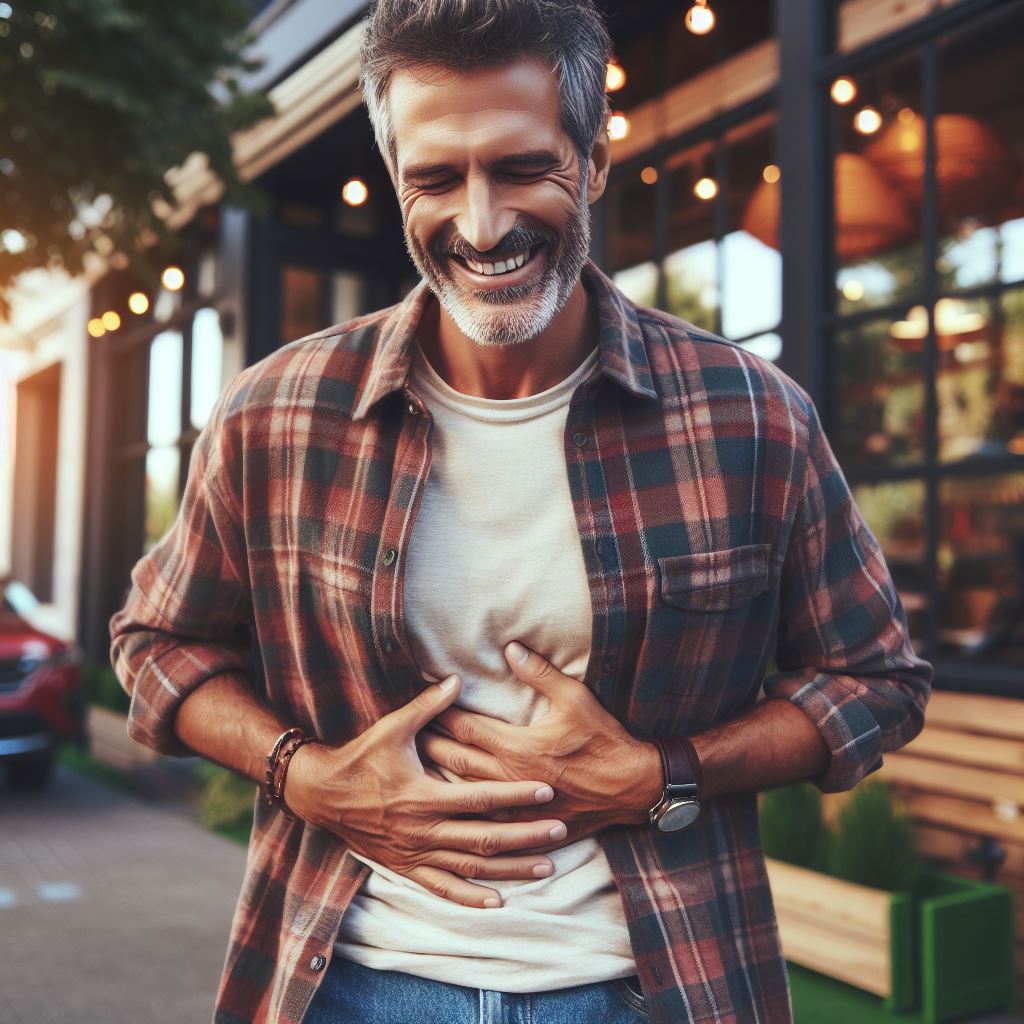
Abdominal massage helps increase blood supply to the prostate area.
Abdominal massage: Gently lift both hands to massage the abdominal muscles, massaging horizontally across the abdomen.
Kneading the muscles: Lift your abdominal muscles with both hands and knead the abdominal muscles.
Muscle massage: Patients with prostate enlargement use the base of their hand to perform abdominal massage techniques.
Press along the colon: Use your fingertips to press along the colon and press up to the bladder.
3. Notes on exercise for people with prostate enlargement
Best time to practice
There is no research that has shown which time of day is best to do exercises or physical activities, it depends on each person's physical condition, health and time. It is best to maintain exercise at the same time every day, however, depending on different times of the day, we have the following benefits:
Morning
Exercising in the morning is usually less time-consuming, and it also helps the body release endorphins, which stimulate motivation and make the body healthier.
However, after a long sleep, our joints will feel stiff in the early morning, so when exercising in the morning we should move gently and gradually increase to avoid injuries or cramps.

Maintaining daily exercise is good for people with prostate enlargement.
Noon
You can exercise gently because this is the time when your body temperature reaches a high threshold, ensuring muscle strength for the exercises.
Note: People with prostate enlargement should avoid exercising in a space that is too hot and strenuous exercise because it will cause serious dehydration. Do not exercise immediately after eating to limit stomach pain, should eat 30 minutes before exercising.
Evening
The evening is when the body maintains a stable level of exercise throughout the day, helping to reduce the risk of injury and avoid time constraints and external influences.
However, exercising too late in the evening will affect the sleep of people with prostate enlargement, because research shows that before going to bed the body needs a period of rest and relaxation.
In short, exercising at any time of the day has its advantages and disadvantages, depending on the health and schedule of the individual, there are suitable exercises. You should exercise moderately, not excessively, practice gradually, step by step, from light to heavy, should maintain the same time of day, fully comply with the exercises.
Note, you should pay attention to unusual symptoms when exercising to avoid damage to your health and illness.
At what stage of the disease should I exercise?
Prostate enlargement in the early stages has many symptoms that occur due to changes in the histopathology and structure of the prostate gland, affecting the patient's quality of life and living habits.
Early diagnosis and appropriate treatment are very important. In addition to interventions and drugs, the above-mentioned non-drug methods should be practiced as soon as the disease is detected and diagnosed, as an effective complementary therapy to help reduce the symptoms of the disease, especially urinary obstruction.
Dr. Bui Pham Minh Man, Dr. Le Nhat Duy
Source: https://giadinh.suckhoedoisong.vn/bai-tap-phong-ngua-va-ngan-chan-su-phat-trien-cua-phi-dai-tien-liet-tuyen-172240510092433732.htm



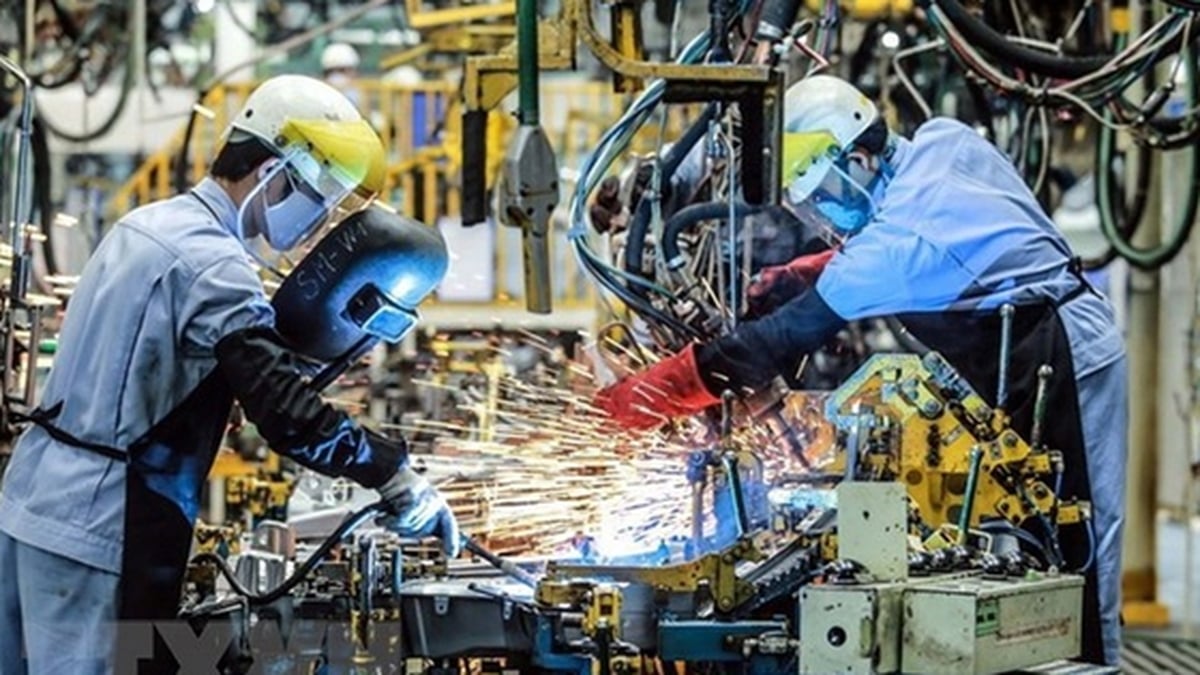
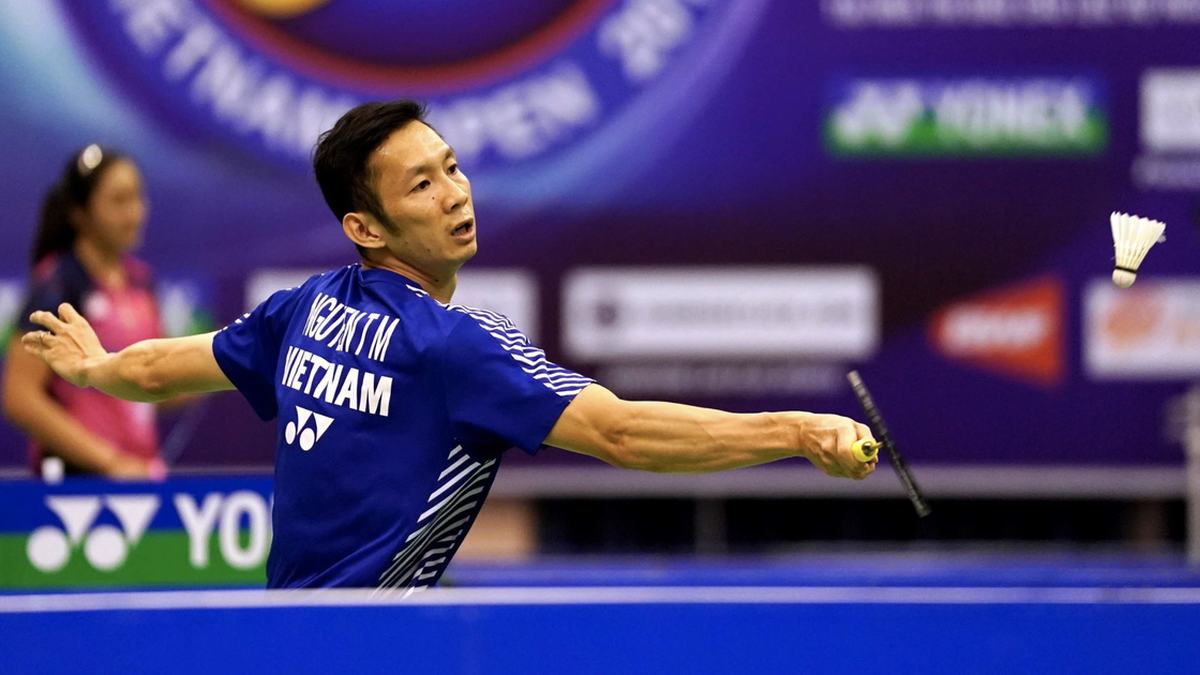
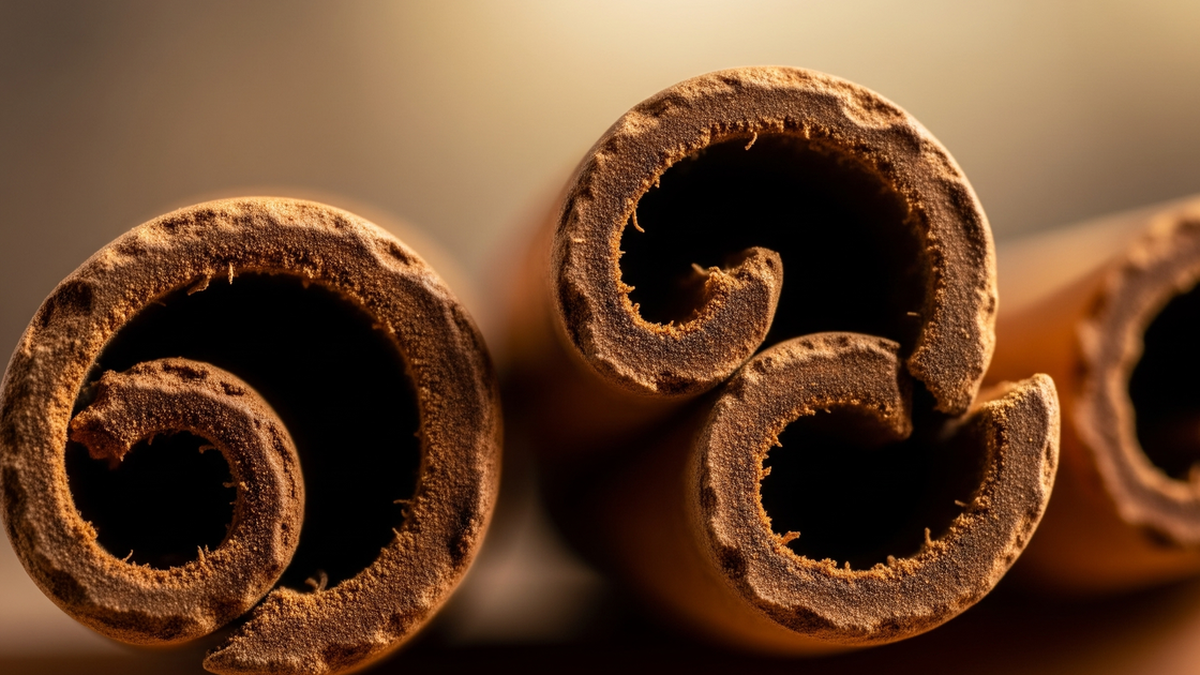
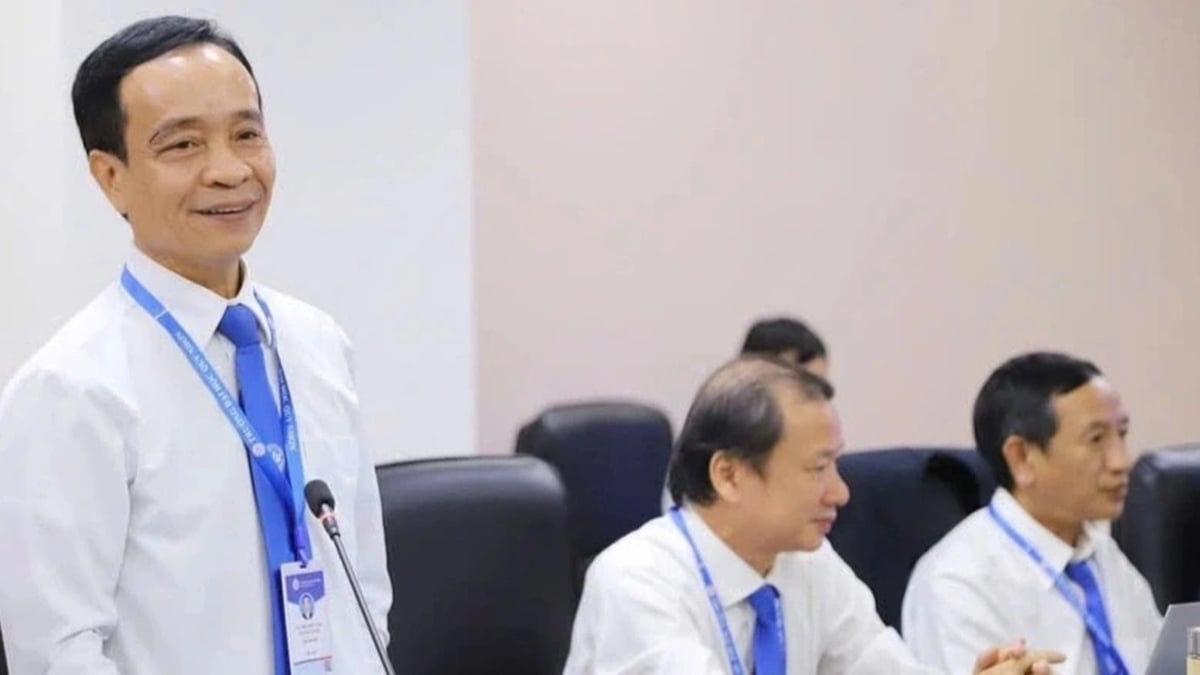
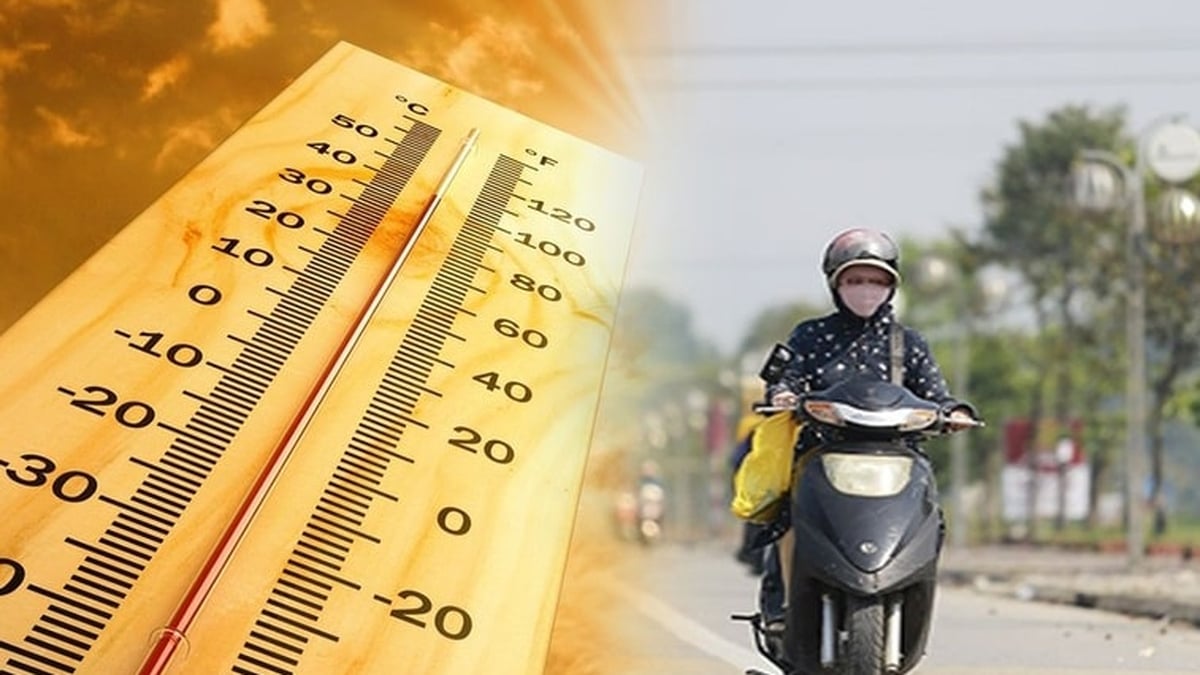


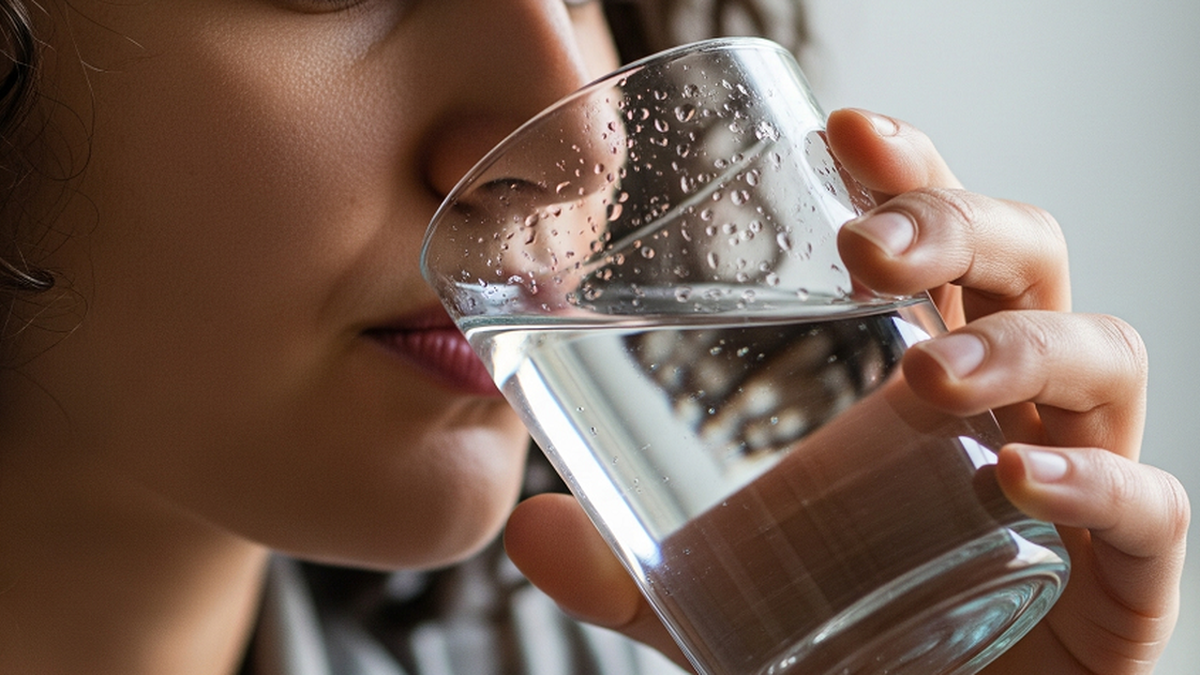
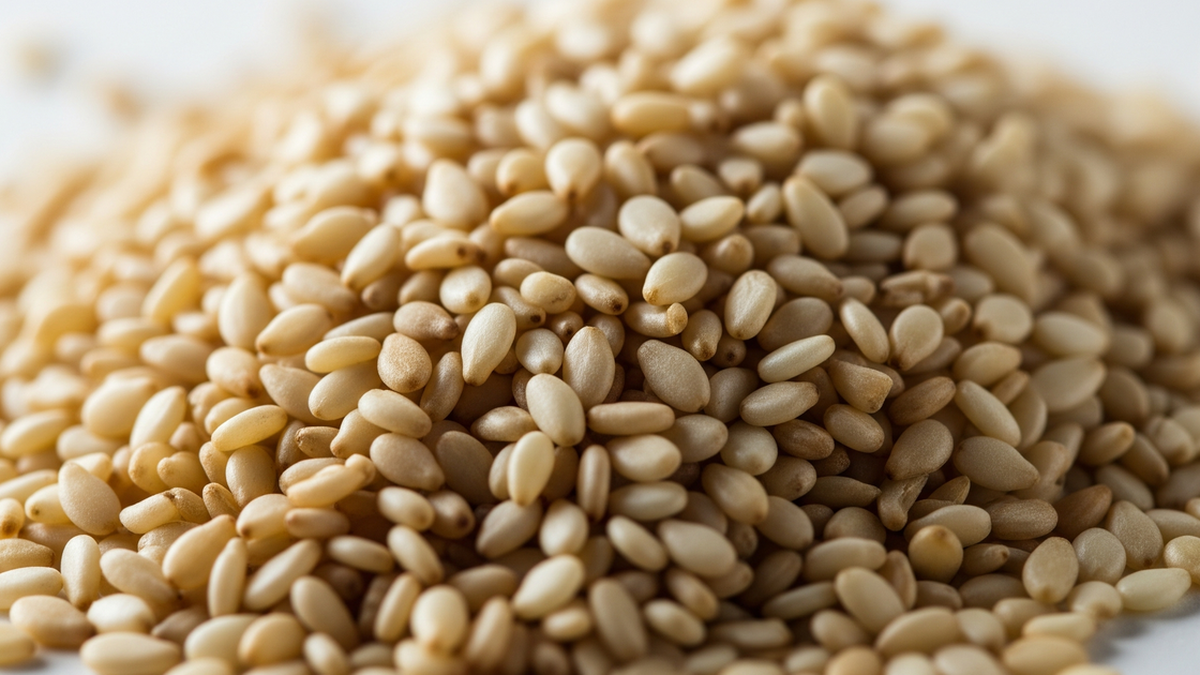








































![[Maritime News] More than 80% of global container shipping capacity is in the hands of MSC and major shipping alliances](https://vphoto.vietnam.vn/thumb/402x226/vietnam/resource/IMAGE/2025/7/16/6b4d586c984b4cbf8c5680352b9eaeb0)









































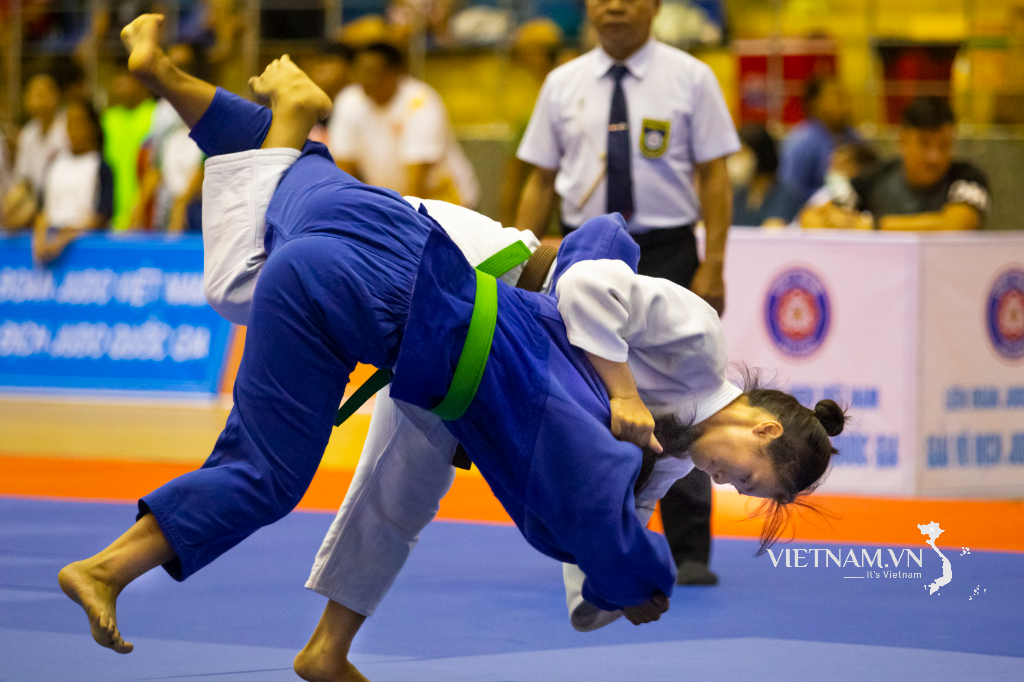



Comment (0)